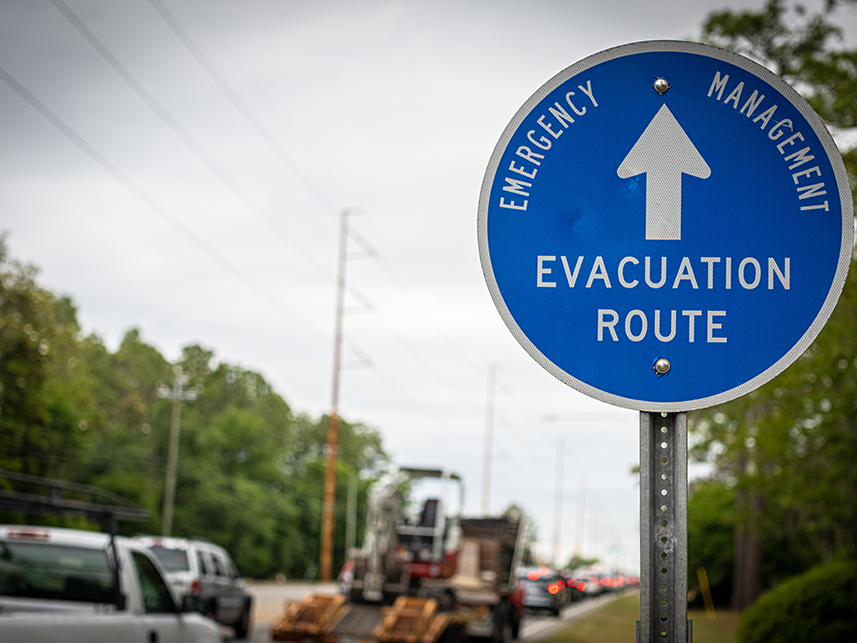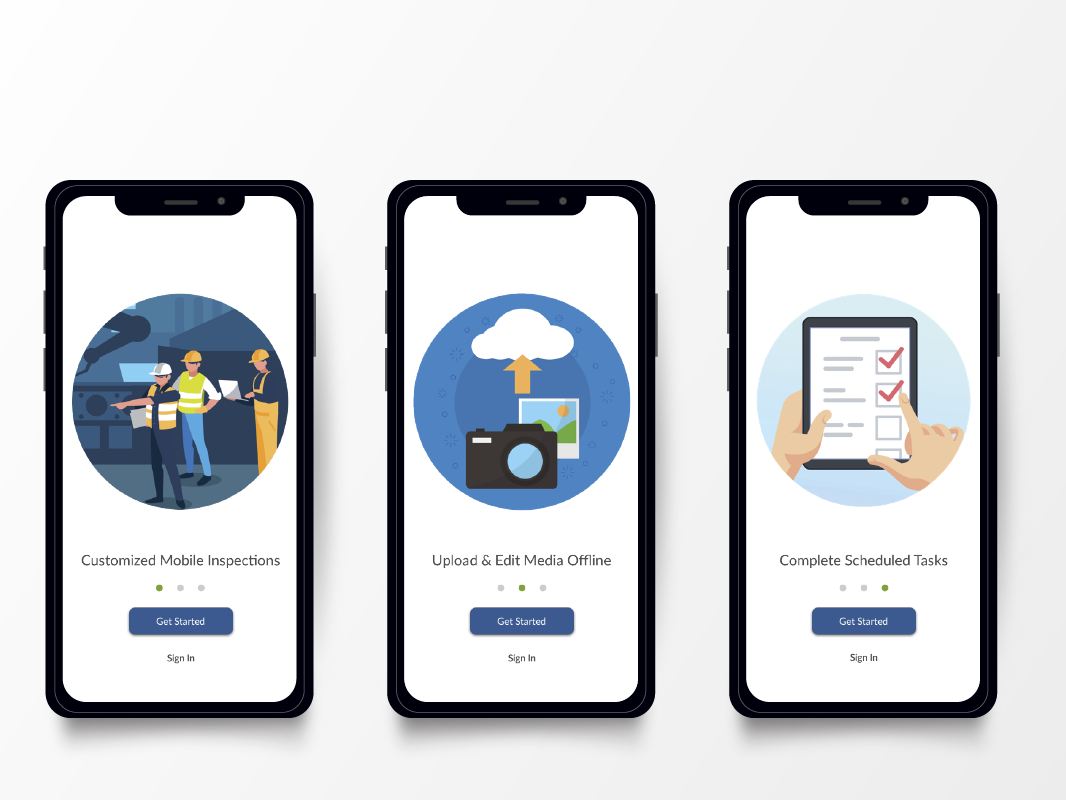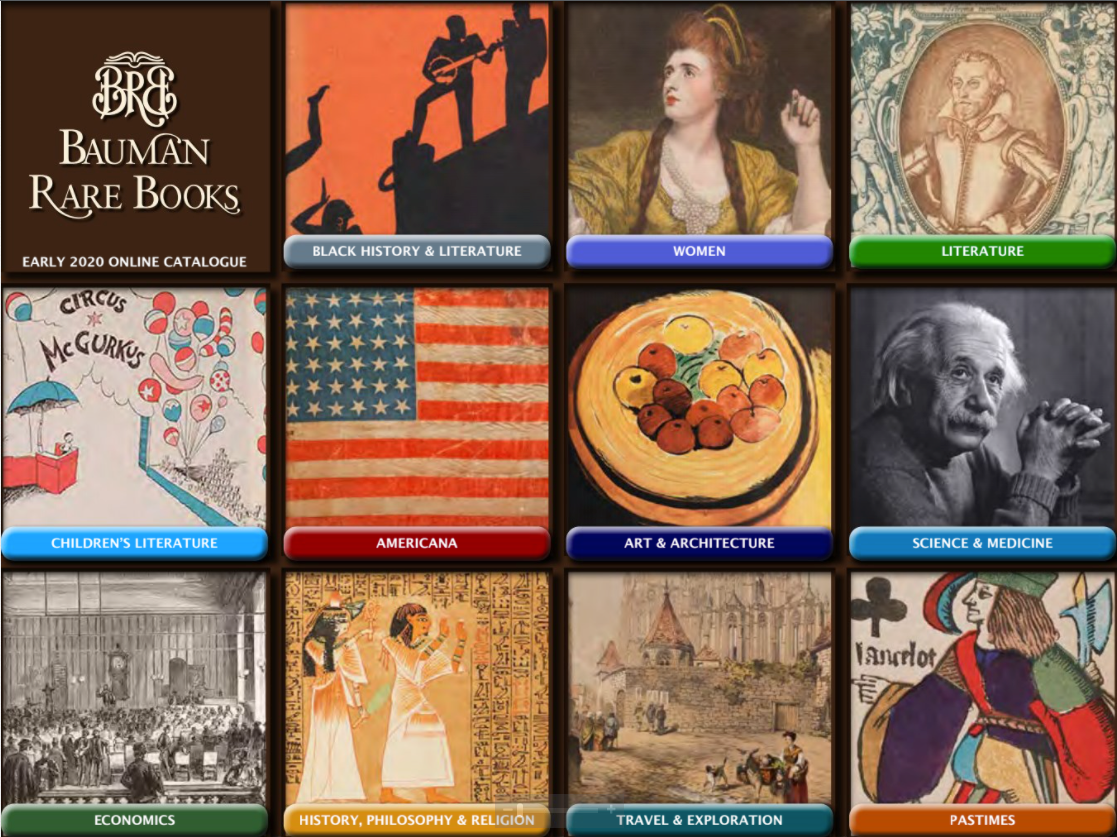Overview
Project Duration: 9 months
Designer: Emily Kocubinski
Client: USAA
Project Name: Catastrophe Experience Strategy Refresh 2021
Problem: The Catastrophe (CAT) Experience Strategy Team's Strategy was created 3 years ago. How might we evaluate the Catastrophe Experience team's 2018 strategy and update it to serve their needs for the next 3-5 years?
Team: For this project, I was partnered with a Lead Designer. We met frequently with the 3 Experience Owners on the team, as well as weekly demos to the team's Director and Design Director. We had monthly presentations to top leadership to show our progress.
My Role: Myself and the other designer worked together on the following:
• Interviews of stakeholders, team members, and partners
• Research - new and existing
• Team workshops
• Insights gathered and documented
• Drafted versions of the strategy including vision and strategic outcomes
• Solutions developed
• Iteration on strategy and solutions
• Gained approval of stakeholders, team members, and partners
I completed this project 100% remotely, utilizing tools such as Mural and Asana to collaborate with team members.
Solution: We successfully refreshed the team's vision, strategic outcomes, and digital design principles to gain leadership approval, and guide the team for the next 3-5 years. 3-5 solutions were delivered to each Experience Owner for their consideration to add to the team's roadmap.
_______________________________________
Process:
1. Discovery
Interviews, Existing Research & Areas of Opportunity
• We began with 53 interviews of the team, stakeholders, partners, and adjusters in order to get a solid grounding on the CAT team's purpose, needs, expectations, and driving principles. Recurring and unique themes were recorded.
• Existing research was reviewed including member interviews from past catastrophes, the existing strategy, as well as videos and articles from people in the general public that had endured a catastrophe.
• Insights were developed and logged with source material included.
• 40 areas of opportunity were identified and flagged for possible additional research.
_______________________________________
2. Sprints & Research
15 separate sprints were completed, with results presented to team and leadership:
• Member Research: Wildfire Experience
• Competitive Landscape
• Effects of Climate on Catastrophe
• Peril-Specific Challenges
• Member and Employee Personas
• How Members Interact with USAA
• Economic Impact of Catastrophe
• Unique Aspects of the Military Catastrophe Experience
• Member Financial Impact
• Alternative Catastrophe Strategies
• Emotional Impact of Disaster
• Availability of Financial Assistance
• Behavioral Science: How to Turn Knowledge into Action
• Effects of Silos & Strength of Partnerships
• Technology & Communication
_______________________________________
3. Workshops
Workshops were completed with the team and partners, including:
• Heuristic Analysis of 2018 Strategy
• Persona Creation
• Focus Groups
• Team Ideation Sessions
• Weekly Brainstorms with Experience Owners
_______________________________________
4. Monthly Drafts
Each month, we presented a draft of the strategy to the team, starting with broad themes and then including proposed strategic outcomes, and finally the vision statement. We held ideation sessions for feedback to incorporate into future drafts and/or the final product.
_______________________________________
5. Iteration
The draft of the strategy went through several layers of iteration after bi-weekly presentation to the Catastrophe Experience Team and monthly presentation to leadership. We left no stone unturned as we continually revised our proposed solutions, vision, and strategic outcomes. A list of almost 200 insights was curated from our ongoing research, supported by reference material for the team to refer to in the future.
_______________________________________
6. Solution
Our final strategy showcased an updated vision statement, three strategic outcomes rather than six, and updated digital design principles. This was approved by leadership, team, and partners and further socialized throughout the enterprise.
We also presented each Experience Owner with 3-5 solutions each for consideration to add to their roadmap. These solutions spoke directly to the new vision and strategic outcomes.
The final 90-page document was designed to be used as a tool for the team to be able to pick up and quickly navigate to the information or source material needed. We included all the research, stories from members, imagery, and an appendix of reference material.
We then worked with the team and leadership to create a pitch deck - shortened version of the "Why", key insights, and results for leadership to use in presentations with partners.
It was exciting and rewarding to see the Catastrophe team leaders speak to the new strategic outcomes and vision, using them to guide the team's path for the next several years.
Thank you for taking the time to read this case study! The strategy refresh was a unique and rewarding project, which will impact people for the years to come.



